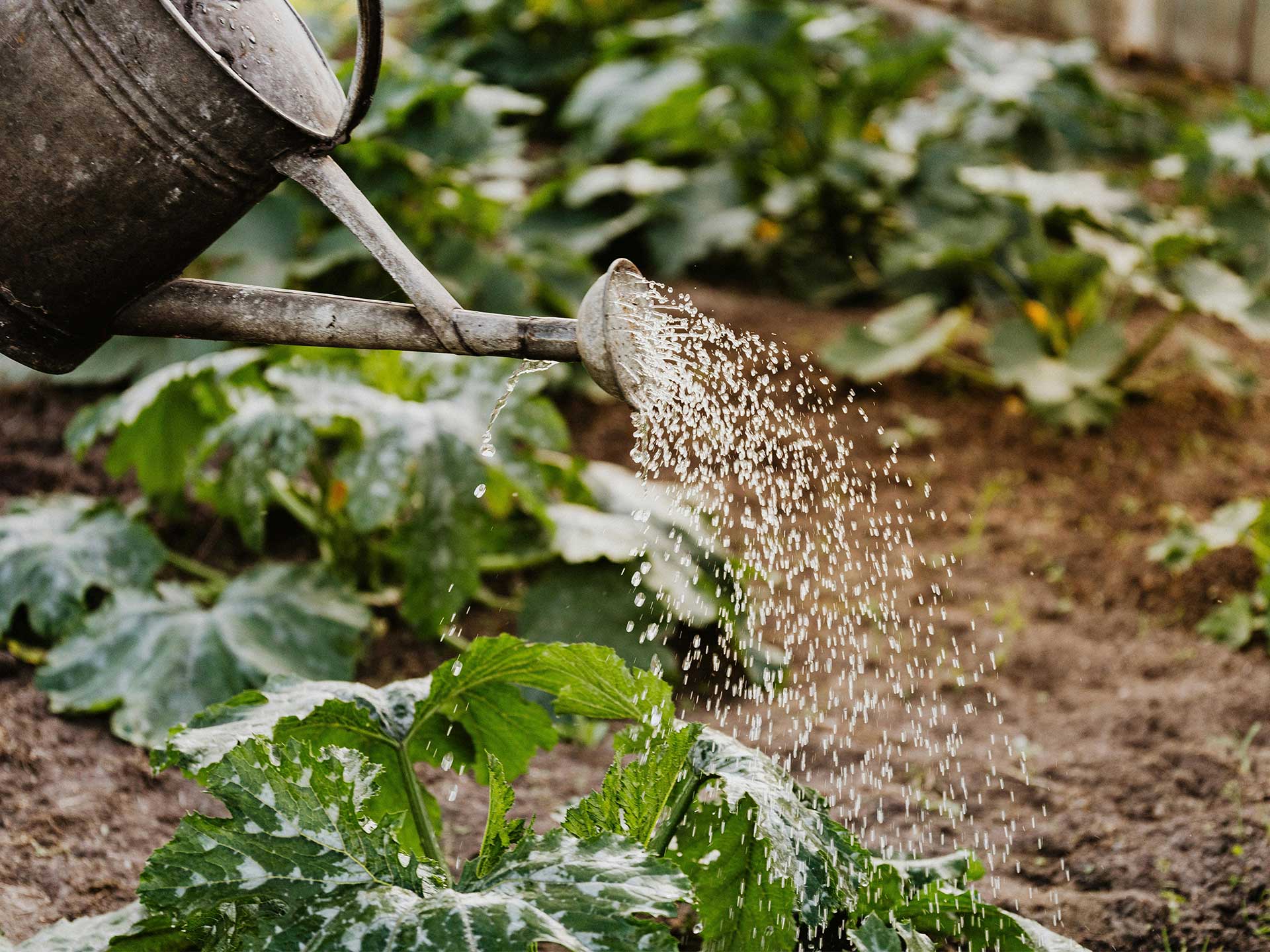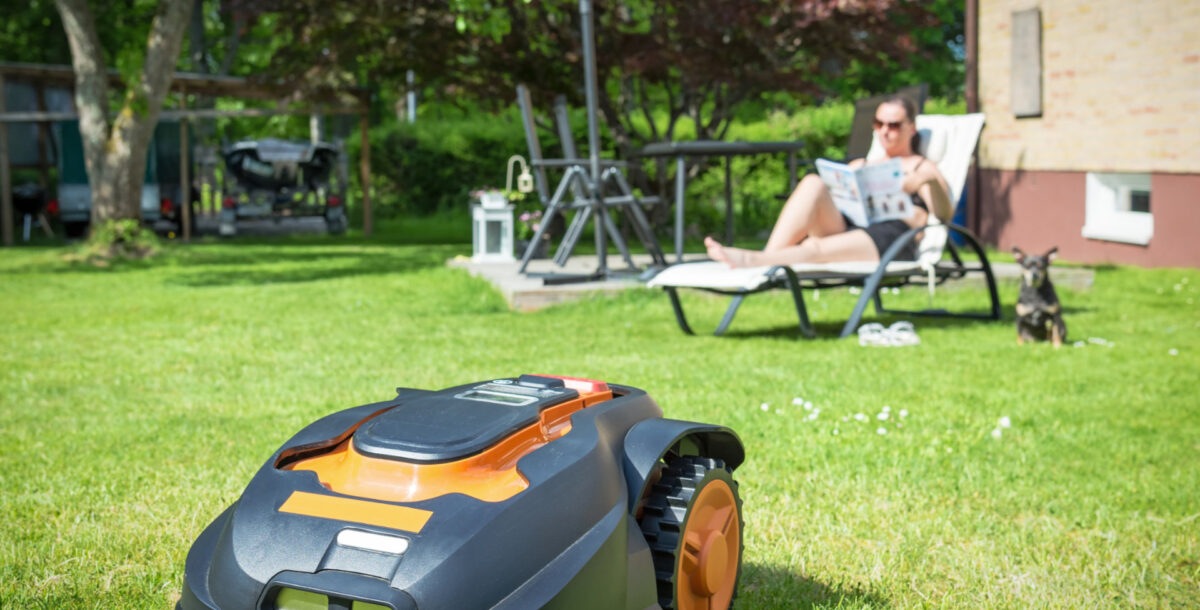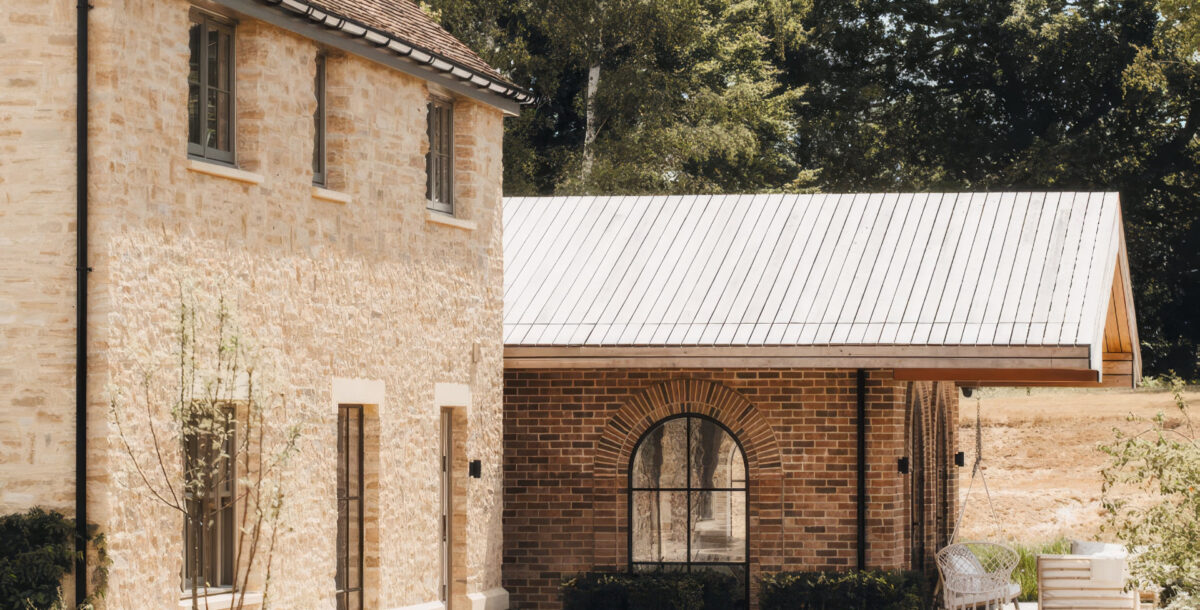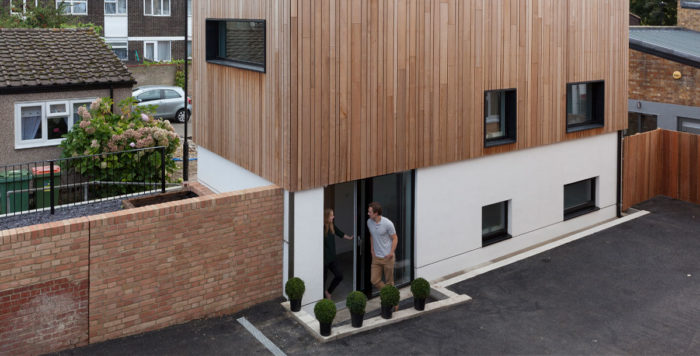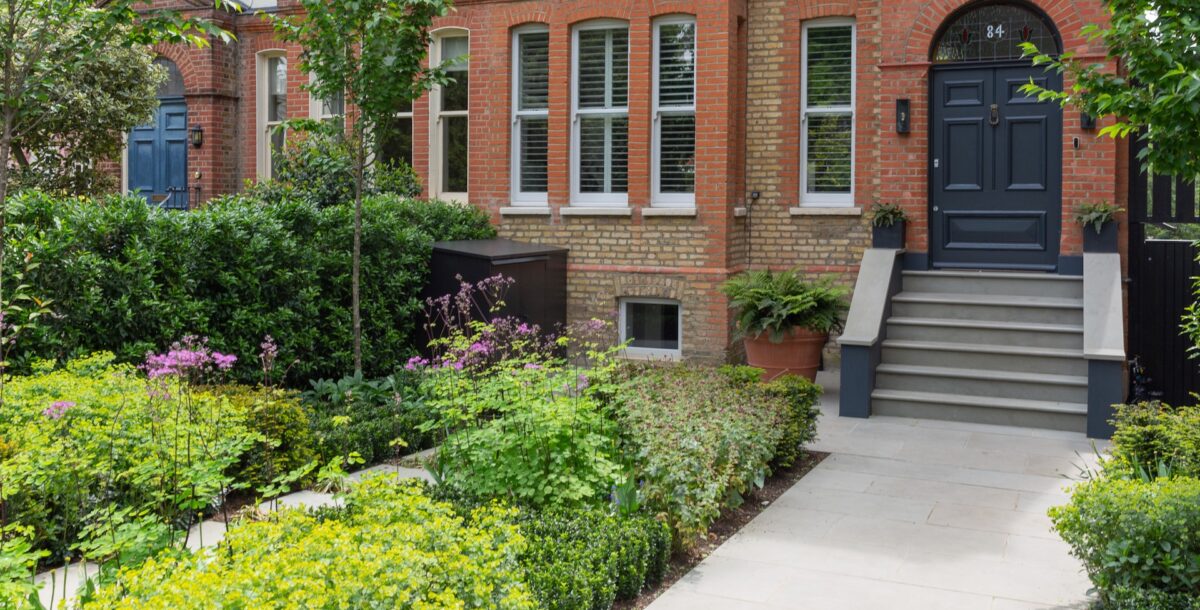No-dig gardening guide
If you're looking for more sustainable ways of living, a no-dig garden creates healthy, nutrient-rich, chemical-free soil which can produce the most delicious fruit and vegetables and attract more pollinators.
Regenerative gardening is on the up, and this years’ RHS Chelsea Flower Show was firmly focused on sustainable practises. There are a number of changes you can make to incorporate this. No-dig gardens are a brilliant way of enjoying more planet-friendly gardening, as well as making your own compost (this is also an important way of going peat-free). Plus, switching from “mains to rains” and using a water-butt to collect all the water for your garden rather than using the tap.
We all have our part to play and a no-dig garden can provide a healthy, chemical-free harvest of fruit and vegetables to cook with and bring more pollinators to your garden. Championing healthy soil results in healthy and delicious fresh produce and encourages thinking about the planting ecosystem as a whole. While this no-dig gardening guide looks mainly at growing your own food, it can also be used for flowers and shrubs.
But, what is no-dig gardening?
No-dig garden expert Charles Dowding (author of No Dig) succinctly describes no-dig gardening in two parts: “first, leave soil undisturbed as much as is practical. You may occasionally need to use a spade or trowel, for example when cutting out bramble roots, making a hole for planting trees, or planting seed potatoes.”
“The second part of no dig is to feed the masses of soil life, with organic matter on the surface. This is how it happens in nature, where old leaves and woody materials are always decaying on top of the ground.”
“Soil is full of life” explains Sheila Das, Garden Manager at RHS Wisley “and the interplay between plants and these billions of microbes in the soil is nature’s way of cycling nutrients and perpetuating growth.”
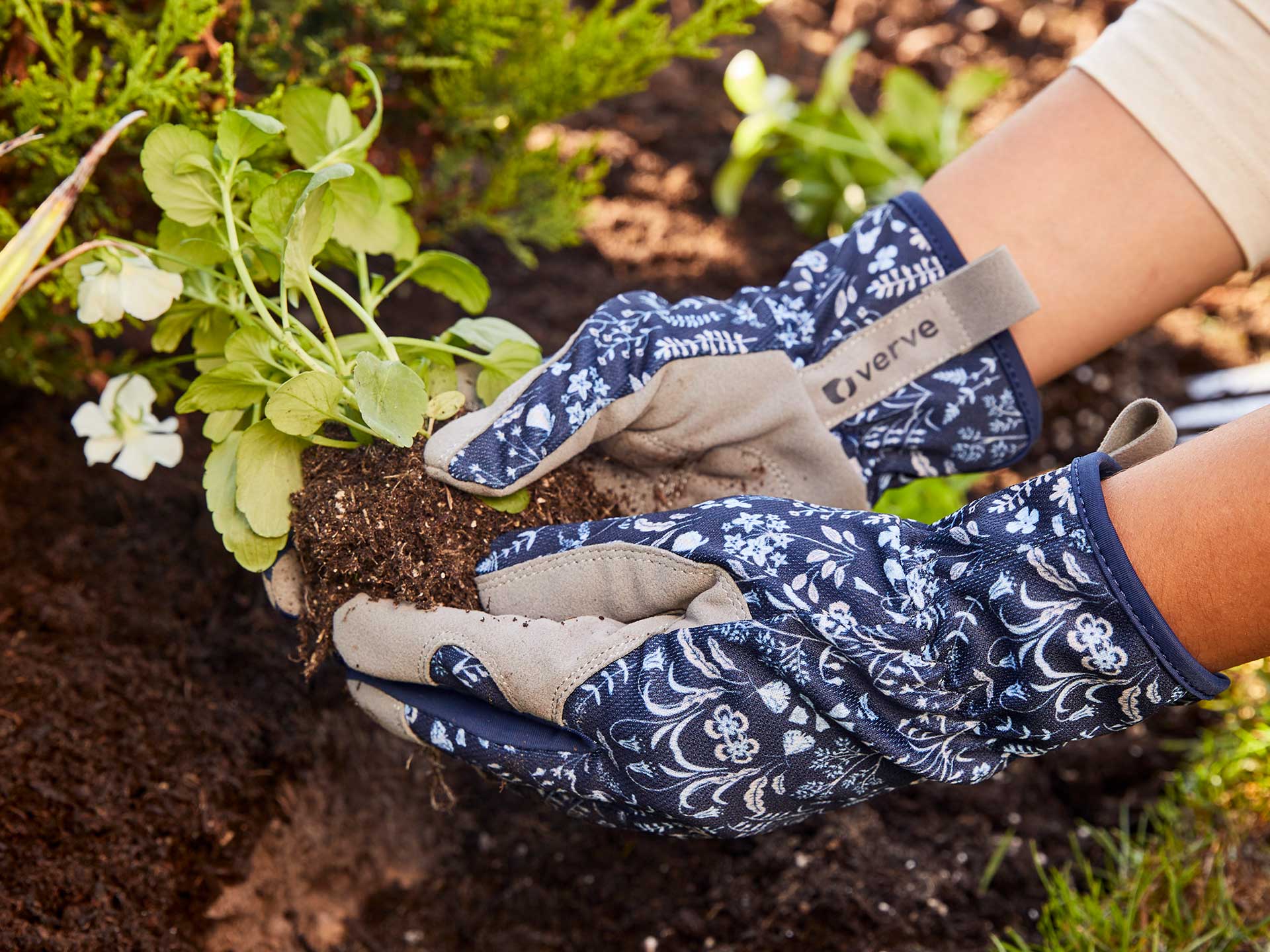
Image credit: Verve
What exactly is organic matter?
The term organic matter can be confusing, as it covers a variety of things – although essentially it’s all derived from living things. For example, the decomposition of leaves, stems and roots. Organic matter and compost differ in that organic matter describes the organisms in varying stages of decomposition. While, compost is organic matter that has fully decomposed.
Fully rotted or decomposed organic matter can have a better nitrogen-to-carbon ratio – essential for plant health and microbial activity for nutrient cycling in the soil. Mulch is a layer of organic matter spread over the soil surface. The RHS bills the benefits of mulch as “improving the drainage of clay soils and boosting the moisture retention of fast-draining sandy soils.” It is also helpful for “protecting plant roots from extremes of hot or cold.”
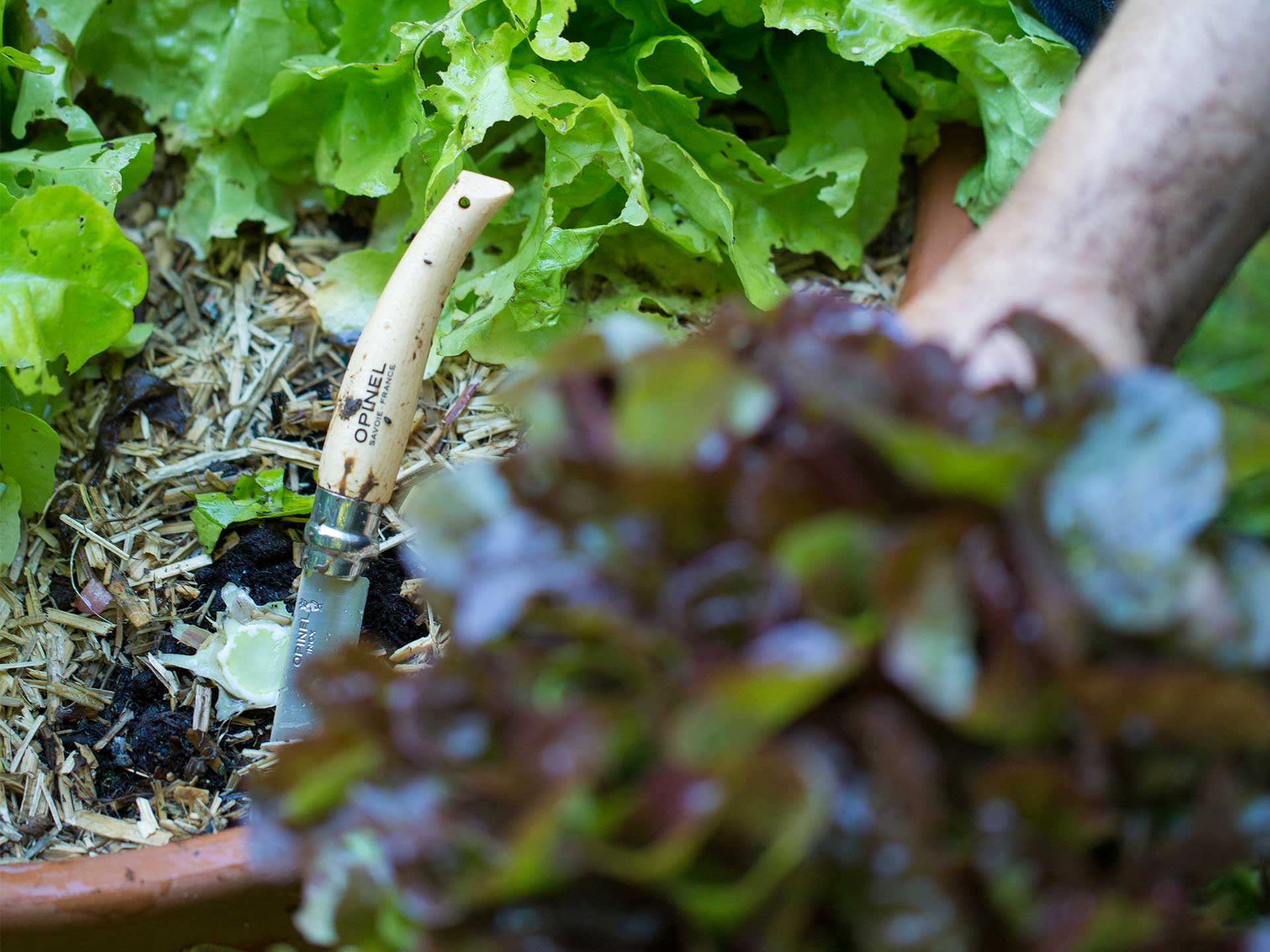
Image credit: Opinel
What are the benefits of a no-dig garden?
As well as benefits to soil health, like preserving its structure, a no-dig garden is much better for the environment. Soil stores carbon (it’s called carbon sequestration), so when you don’t dig and interfere with the soil, less carbon dioxide is emitted into the atmosphere. In a no-dig garden you won’t need to use synthetic fertilisers, as the soil will supply all the nutrients your plants need through organic matter. Organic matter decomposes fairly slowly, which means the supply of nutrients will be fed to the plants steadily.
No-dig gardens are less work in the long run, and less labour intensive (they eliminate the need for digging for starters), plus there is more natural weed suppression. When you work in layers of mulch, compost and cardboard, it acts as a barrier to weeds. Also, by minimising soil disturbance by not digging, you’ll reduce the chance of any new weeds coming to the surface and germinating.
The mulches used in a no-dig garden are good at retaining water and preventing erosion from the wind and rain, both of which mean you’ll need to water less frequently (handily saving money on your water bills). With a no-dig garden, you’ll be in with a chance of a higher yield, as healthier soil and fewer weeds mean an abundance of crops.
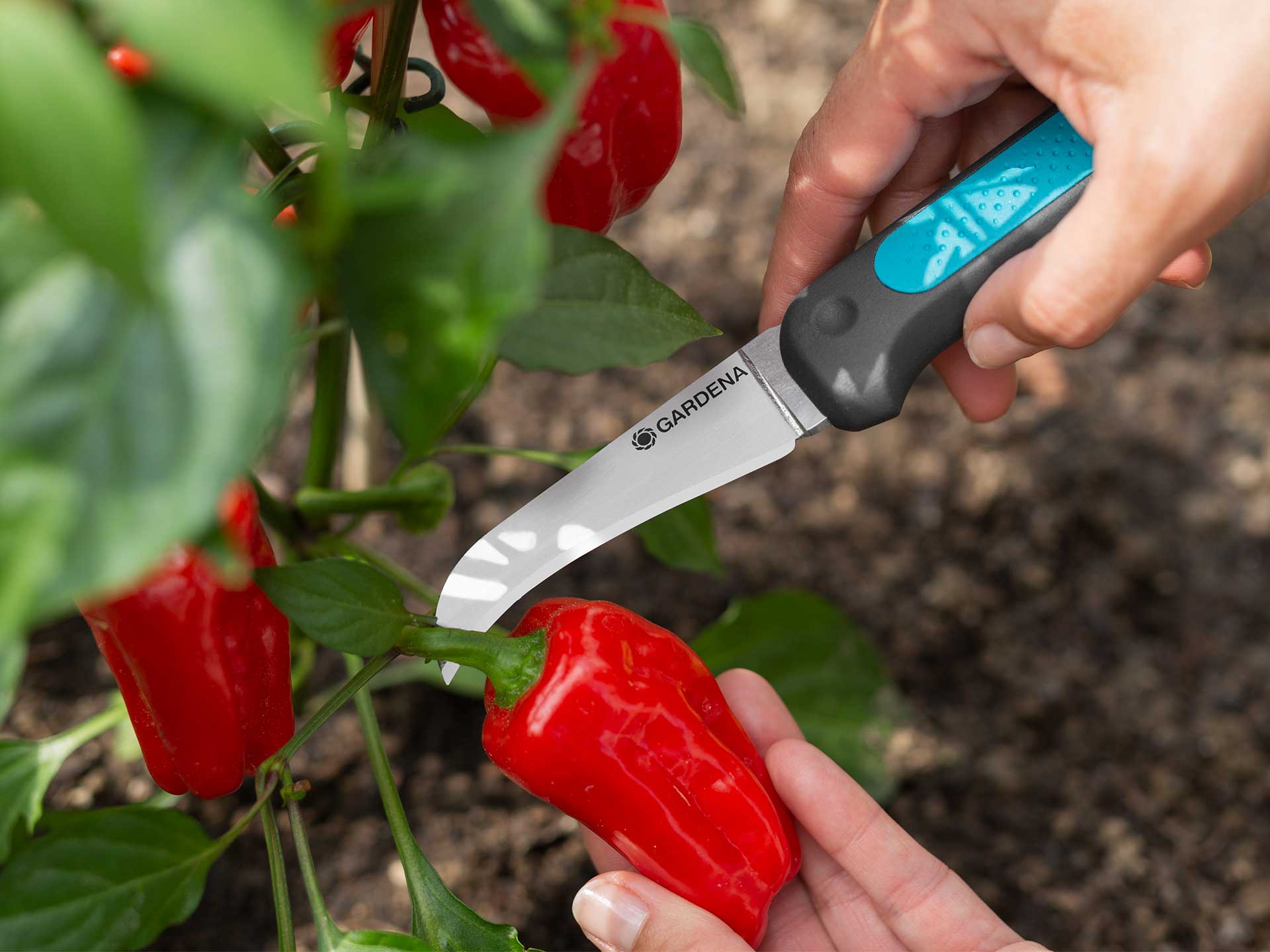
Image credit: Gardena
Any drawbacks?
While the benefits of a no-dig garden far outweigh the negatives, there are some potential drawbacks to consider. Setting up a no-dig garden can be a more labour intensive, have a higher initial outlay, and involve a lot of preparation time, especially if you’re making a large no-dig garden. Although the time you’ll save in maintaining a no-dig garden certainly makes up for it.
No-dig gardens can use a lot of organic matter to get started, although it’s a myth that they need a huge amount more than a regular garden bed, so don’t let that put you off. Charles Dowding says, “You can start with very little compost. Though if you can manage to access more, that makes it easier and increases harvests immediately, and in many subsequent years.” Home composting is a great solution in creating organic matter for your no-dig bed.
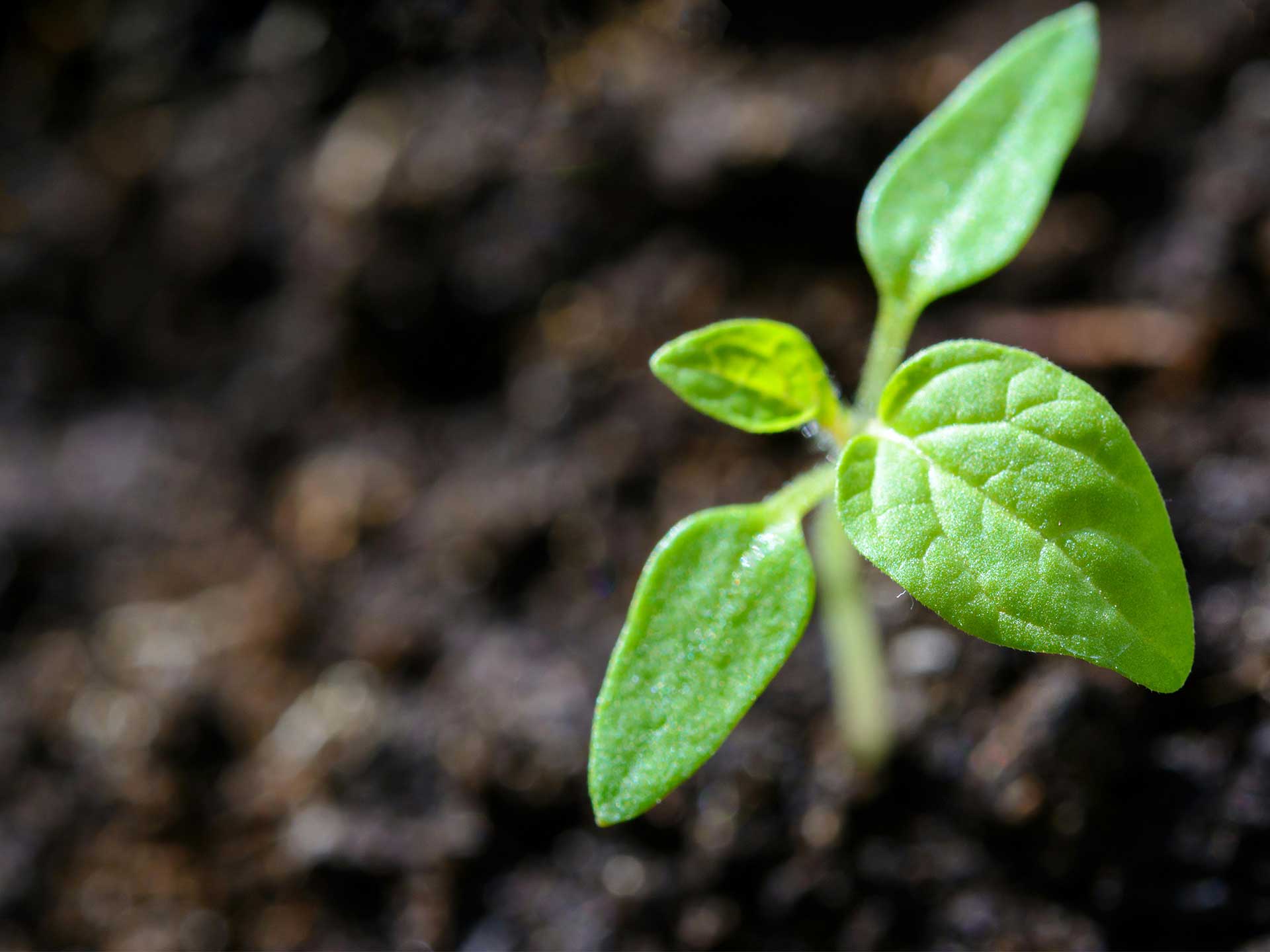
Image credit: Pexels/Wdnet
How do you start your own no-dig garden?
First, plan your plot, the sunnier the better. Keep your no-dig beds away from tall trees and hedges if possible, both of these have extensive root systems which can take more water and moisture out of the soil, they can also cast shade over the beds, and take away much-needed sunlight. RHS say that “you can make new no-dig beds at any time of year, but late winter (February or early March) is best as long as the soil isn’t waterlogged”.
When it comes to planning the size of the bed, Charles Dowding has a straightforward PDF you can download to get you started. He recommends that for beginners, “a great option is to start small with just one bed, say 1.2 x 2.4m/4 x 8ft. Small areas concentrate your time and resources, and make management easier. Harvests are often just as plentiful as from larger areas that are less intensively cropped.”
With the no-dig principles, you can use raised beds or ground-level beds. If your soil is good, ground-level beds are great, as the plants can root straight into the soil. You will need an edge, however, so the grass and weeds cannot spread into your bed. For soil that doesn’t drain well and is more susceptible to becoming waterlogged, raised beds could be a better option.
Once you’ve determined your bed, cover it with a double layer of cardboard (plain cardboard boxes are fine but remove any parcel tape or staples) and overlap the edges so weeds can’t grow through any gaps. Then weight the cardboard down with a layer of mulch. If the weeds keep growing through the cardboard you add another layer, plus mulch, much like the layers of a lasagne.

Image credit: Greta Hoffman
How do you maintain a no-dig garden?
Since you won’t need to weed or dig, a lot of the usual labour required for a vegetable patch is eliminated. In fact, RHS’s Sheila Das brilliantly reframes our traditional thinking on weeds by saying, “If you are making your own compost, then weeds are simply ingredients.”
You will need to regularly add fresh layers of organic mulch, and add thin layers of compost to the top layer. When it comes to tools, author of the Sunday Times bestselling The Self-Sufficiency Garden, and huge champion of the no-dig garden Huw Richards’ recommends Gardena’s ecoline hand trowel, secateurs for pruning, deadheading and harvesting, and this micro-cutting tool, the Veggie Cut, which has a sharp sickle-shaped blade.
Huw beautifully describes a garden as “one of the bridges between modern civilisation and the natural world.” He has a YouTube channel that covers everything from natural pest control tips to the ultimate vegetables to grow for self-sufficiency.
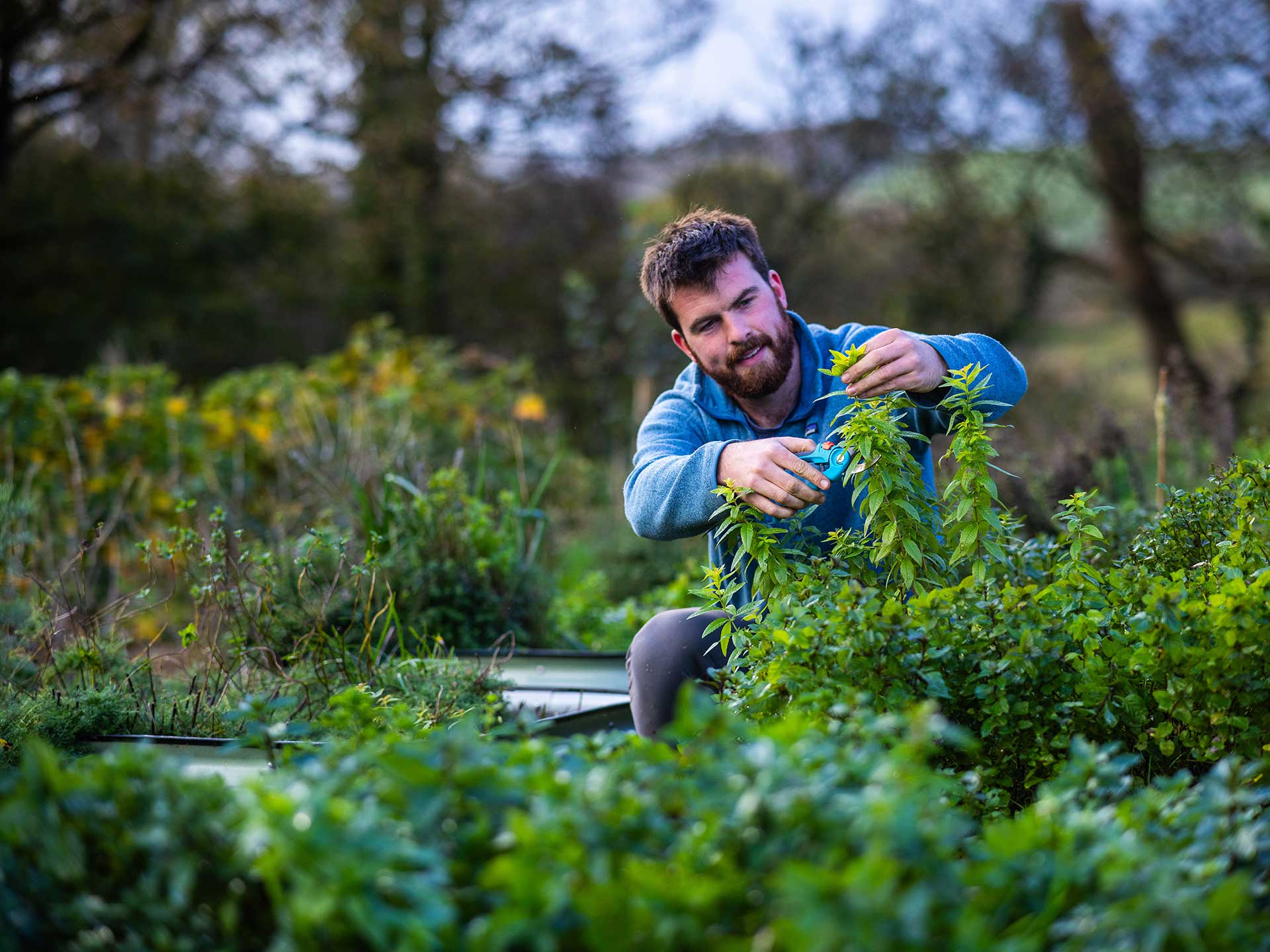
Image credit: Gardena
How to create your own compost
Making your own compost to enrich your soil has as many benefits as creating your own no-dig garden. Firstly, it’s free to make and means you can recycle all your kitchen scraps, plus it provides a thriving habitat for worms and micro organisms and enables a slow release of nutrients to feed your plants.
If you are creating your own compost then look for a good sunny spot (compost needs warmth), two piles are handy for continuous composting. Use one pile to fill with all your scraps, and one to put the compost in to turn frequently to aerate. There are two main types of composting material:
Green – this is nitrogen rich, and is made up of things like kitchen peelings, old fruit and vegetables, grass clippings and soft garden waste like annual weeds.
Brown – this is more carbon-rich and could be anything from hedge trimmings to dry straw or cardboard.
There’s no exact science, but a good mix of the two will work the best. RHS recommends 25% – 50% as green waste and 50% to 75% as brown waste. For both brown and green waste, chop it up as small as you can, so it’s easier to decompose. You’ll know when the compost is ready to use, when it becomes crumbly and dark brown and has a soil-like texture.
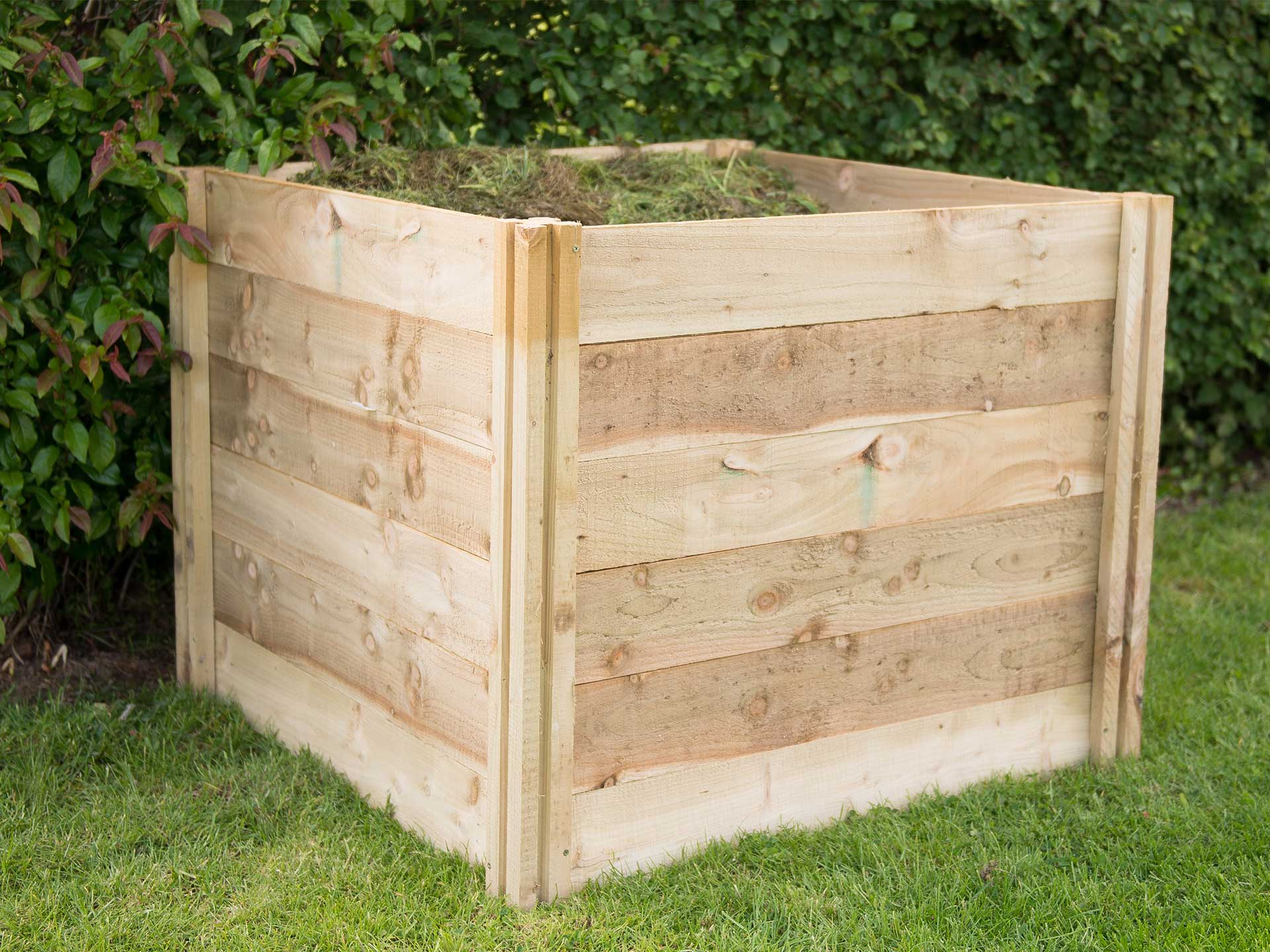 Image credit: Forest
Image credit: Forest

